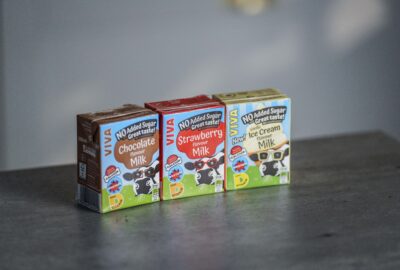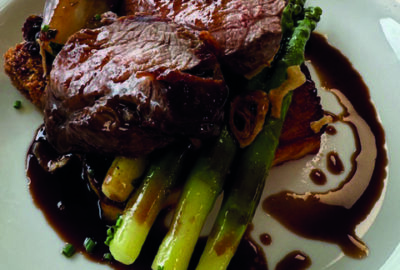By Andrew Kuyk, Director General of the Provision Trade Federation. By the time you read this, we should all have a better idea of what our future relationship with the EU will look like.
But is important to understand that there are going to be major changes for people and businesses, whatever the outcome of the current negotiations. There are going to be new rules for imports and exports, changes to labels and to arrangements for travelling and working in each other’s countries. All of these have the potential to affect caterers and the whole of the foodservice sector, from new procedures to follow, right through to product availability and price.
TRANSPORT OF GOODS AND BORDER CHECKS
Today, goods can move as easily between the UK and the EU as they can between towns and cities in the UK. That will change.
From 1 January next year, anything sent to the EU will be subject to a full range of controls and checks which already apply to goods from the USA,
Australia or anywhere else. The UK will be introducing similar measures for shipments from the EU, but has said it will phase these in over the
first six months of next year to minimise initial impacts, particularly as businesses seek to restock after the Christmas holiday.
There are nevertheless real risks of delay and disruption, especially for Channel crossings. The Government is devising contingency plans to
keep traffic flowing. Key to this will be ensuring that everyone has the right documents before they set off – and that time for delays is built into delivery schedules.
WORKFORCE
From the end of this year, the UK will apply new rules to EU nationals (with the exception of Irish citizens who will retain their right to live and work in the UK through the Common Travel Area) in place of the current system of free movement. These will also apply to non-EU nationals.
But EU citizens resident in the UK before the end of the transition will be eligible for the EU Settlement Scheme, as will EEA and Swiss nationals.
These rules are complex and put obligations on employers as well as on
employees. More information on employing EU citizens in the UK is
available at https://www.gov.uk/government/collections/eusettlementscheme-employer-toolkit
LABELLING
Although the majority of existing EU food law will initially continue to apply even after the end of transition, changes will nevertheless need to be made to many labels (and other documentation) to reflect our new non-Member status.
These changes will need to be immediate in respect of products intended for export to the EU (and almost certainly for most other destinations). But goods made and marketed in the UK will be given more time to adjust.
There will also be changes to existing Geographical Indication (GI) labels and to Organic certification schemes.
TARIFFS
The main difference between reaching agreement and not reaching agreement with the EU on future trade arrangements relates to the questions of tariffs. Currently, all UK-EU trade is free of tariffs, in both directions. But, without an agreement, we will each be obliged to apply the same tariffs to each other as we do to the rest of the world under
so-called WTO rules.
Current EU external tariffs for food are very high, of the order of 50% or more for most meat and dairy products. The UK has announced that it will apply similar tariffs of its own if no other agreement is not reached. That would be likely to severely impact trade flows, again in both directions.
Special arrangements will apply in respect of Northern Ireland, where trade with Great Britain will remain tariff free – though goods sent to Northern Ireland which are ‘at risk’ of entering the EU Single Market, via the land border with the Republic, may still face charges.
PREPARATION IS EVERYTHING
The Government has a central website at www.Gov.UK/transition which is
regularly updated with the latest information and guidance. PTF and other partner trade associations have a similar site at https://www.euexitfoodhub.co.uk aimed specifically at the food sector.


